Submitted by WA Contents
MoMA makes its all exhibition history available online beginning with its founding in 1929
United States Architecture News - Sep 19, 2016 - 14:47 21696 views
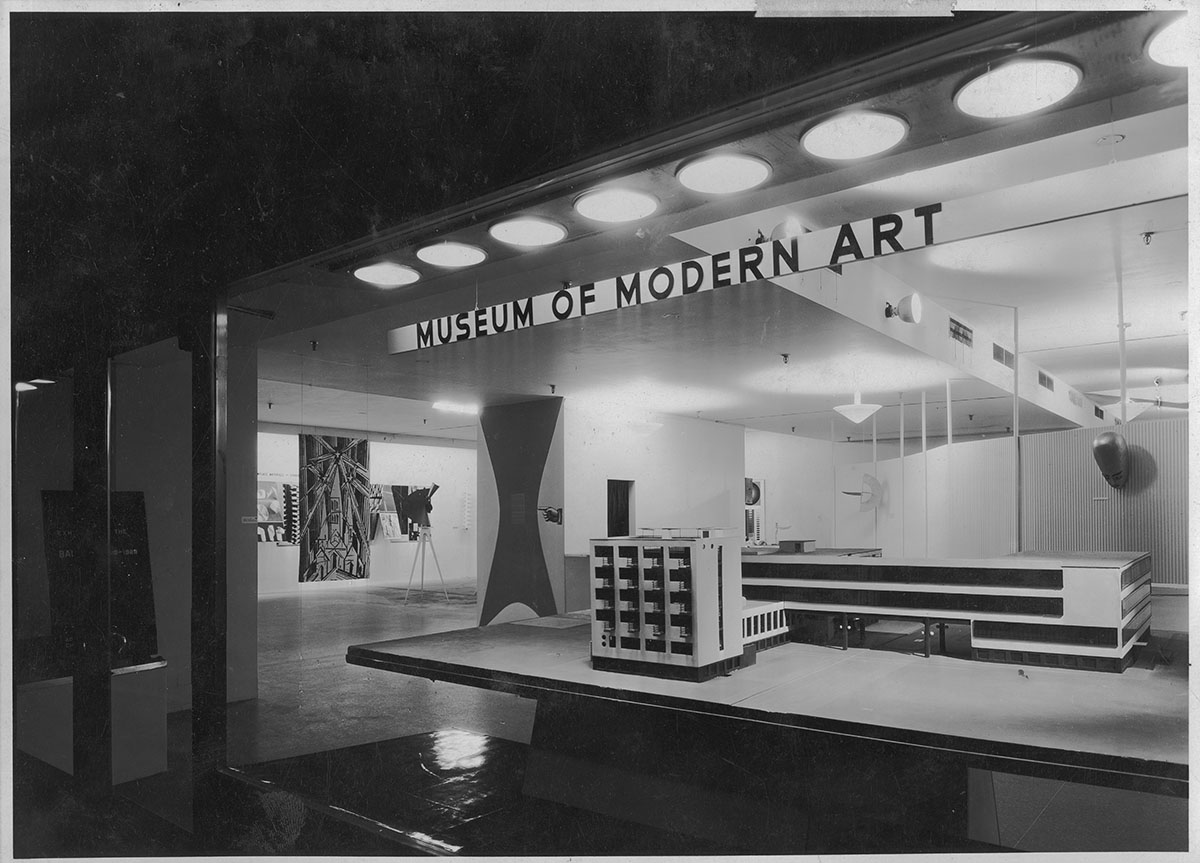
The Museum of Modern Art (MoMA) makes its extensive digital archive accessible to historians, students, artists, and anyone concerned with modern and contemporary art: a comprehensive account of the Museum’s exhibitions from its founding, in 1929, to today. This new digital archive, which will continue to grow as materials become available, is now accessible on MoMA’s website, at moma.org/history.
Providing an unparalleled history of the Museum’s presentation of modern and contemporary art on a widely available platform, the project features over 3,500 exhibitions, illustrated by primary documents such as installation photographs, press releases, checklists, and catalogues, as well as lists of included artists.
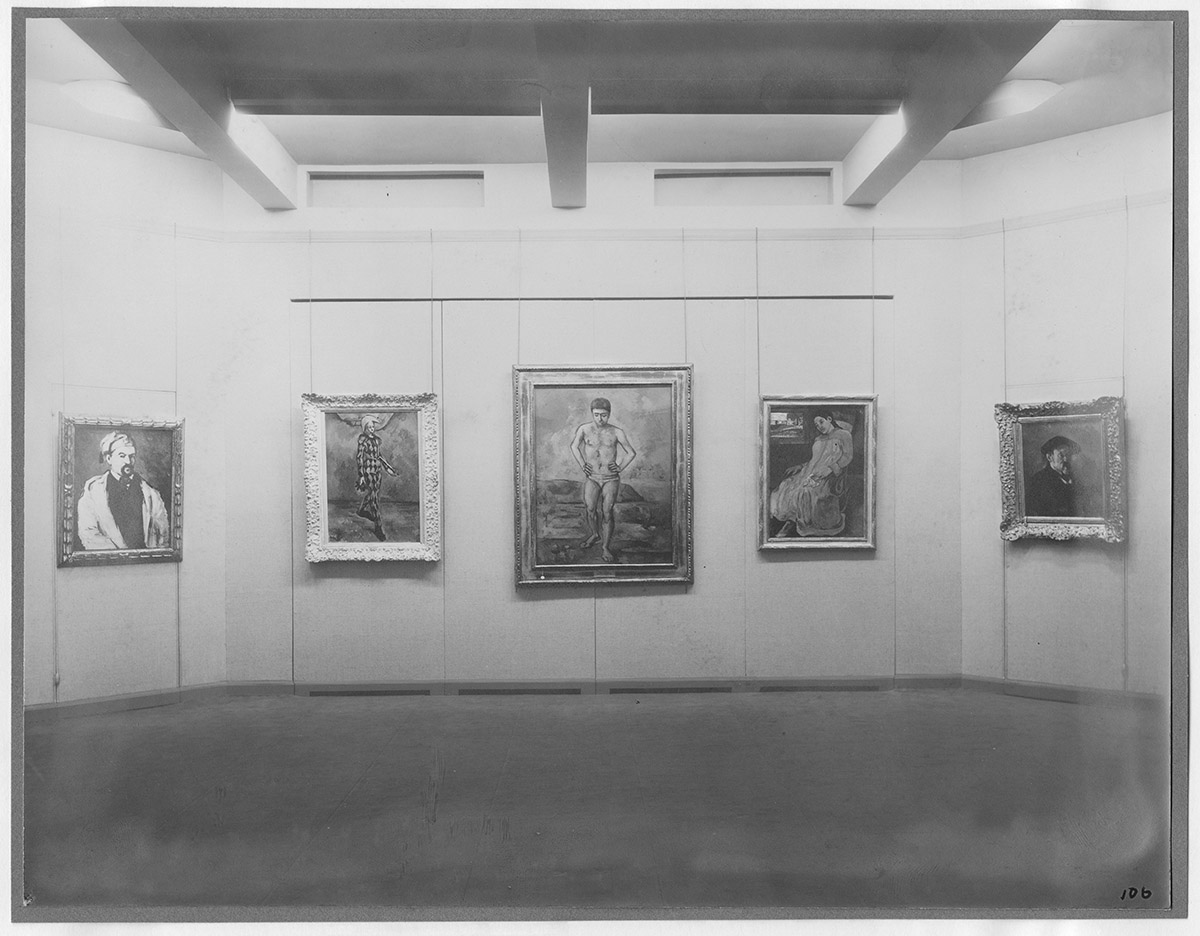
Installation view of the exhibition Cézanne, Gauguin, Seurat, Van Gogh, on view November 7, 1929 through December 7, 1929 at The Museum of Modern Art, New York. The Museum of Modern Art Archives, New York. Image © Peter Juley
By making these unique resources available at no charge, the exhibition history digital archive directly aligns with the Museum’s mission of encouraging an ever-deeper understanding of modern and contemporary art and fostering scholarship.
''The Museum of Modern Art has played a crucial role in the development of an audience for modern and contemporary art for nearly 90 years,'' said MoMA Director Glenn D. Lowry. ''In making these materials freely available, we hope not only to foster and enable scholarship, but also to encourage a wider interest in this important chapter of art history that the Museum represents.''
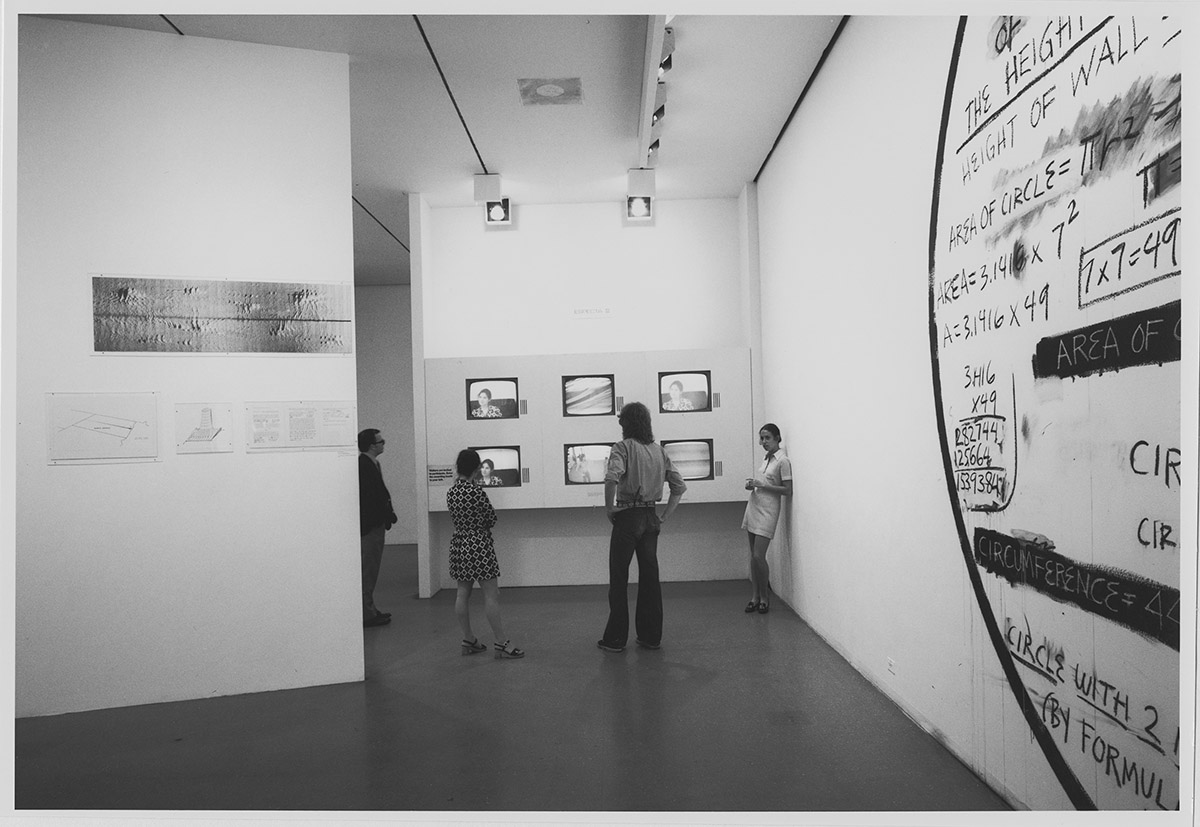
Installation view of the exhibition Information, on view July 2, 1970 through September 20, 1970 at The Museum of Modern Art, New York. The Museum of Modern Art Archives, New York. Image by James Mathews © The Museum of Modern Art, New York.
The exhibition history project was initiated and overseen by Michelle Elligott, Chief of Archives, and Fiona Romeo, Director of Digital Content and Strategy, The Museum of Modern Art. Over the course of the last two-and-a-half years, three MoMA archivists integrated over 22,000 folders of exhibition records dating from 1929 to 1989 from its registrar and curatorial departments, performed preservation measures, vetted the contents, and created detailed descriptions of the records for each exhibition.
The digital archive can be freely searched, or browsed in a more structured way by time period or exhibition type. Each entry includes a list of all known artists featured in the exhibition. Artist pages likewise list all of the exhibitions that have included that artist, along with any of their works in MoMA’s collection online. The index of artists participating in Museum exhibitions now includes more than 20,000 unique names.
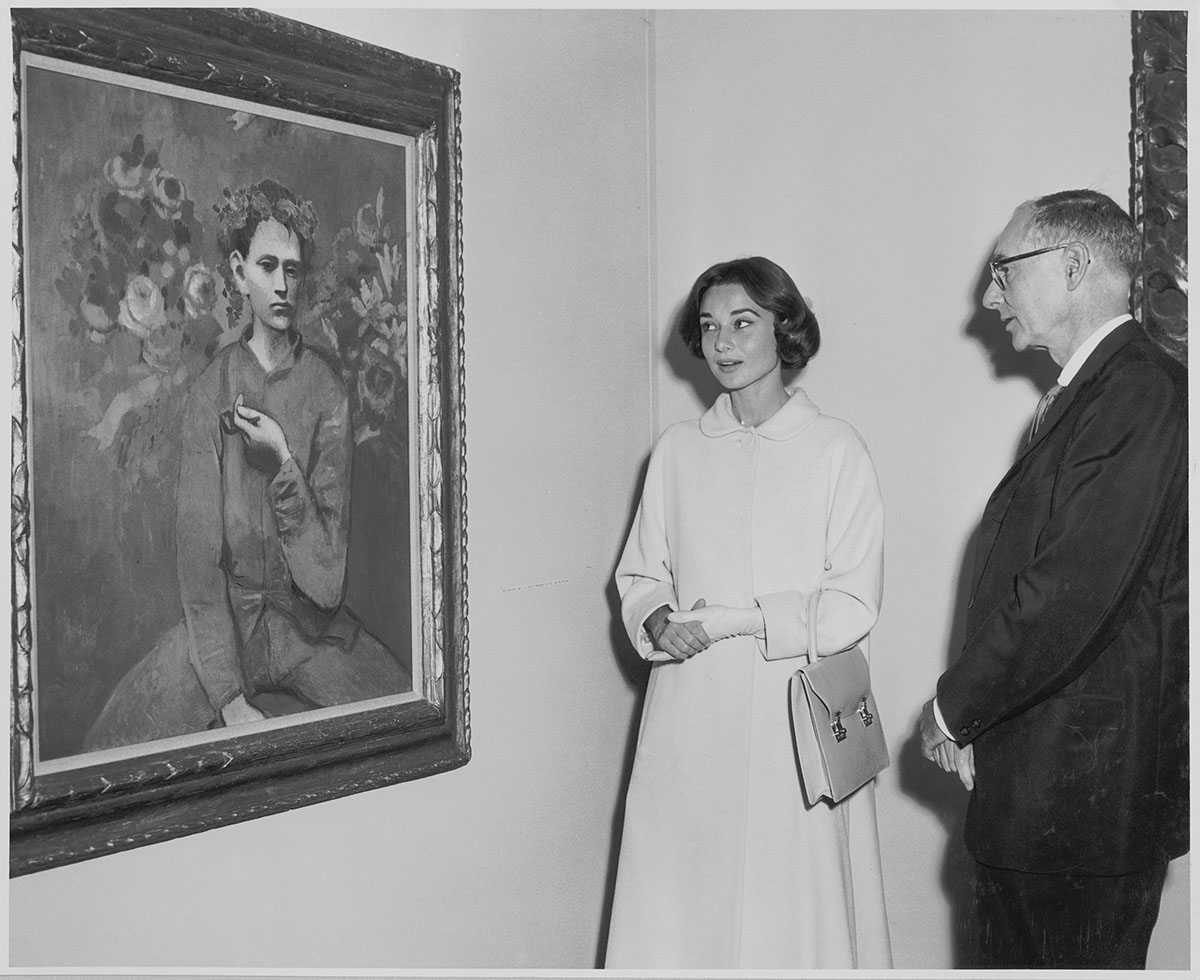
Audrey Hepburn and Alfred H. Barr, Jr. at the exhibition Picasso: 75th Anniversary, on view May 4, 1957 through August 25, 1957 (first floor and auditorium); May 22, 1957 through September 8, 1957 (third floor) at The Museum of Modern Art, New York. The Museum of Modern Art Archives, New York. Image © Barry Kramer
The Archives pages on moma.org now also include a list of the heads of each curatorial department since the Museum’s founding. ??The underlying data has also been shared on GitHub (github.com), completing a trilogy of Museum of Modern Art datasets covering artworks, artists, and exhibitions dating 1929 to 1989.
This data is in the public domain and can be sorted and analyzed, enabling one to, for example, search an artist's name to determine the number of exhibitions that have included their works, compile a list of exhibitions organized by a specific curator, or determine the frequency with which an artist has been exhibited at the Museum.
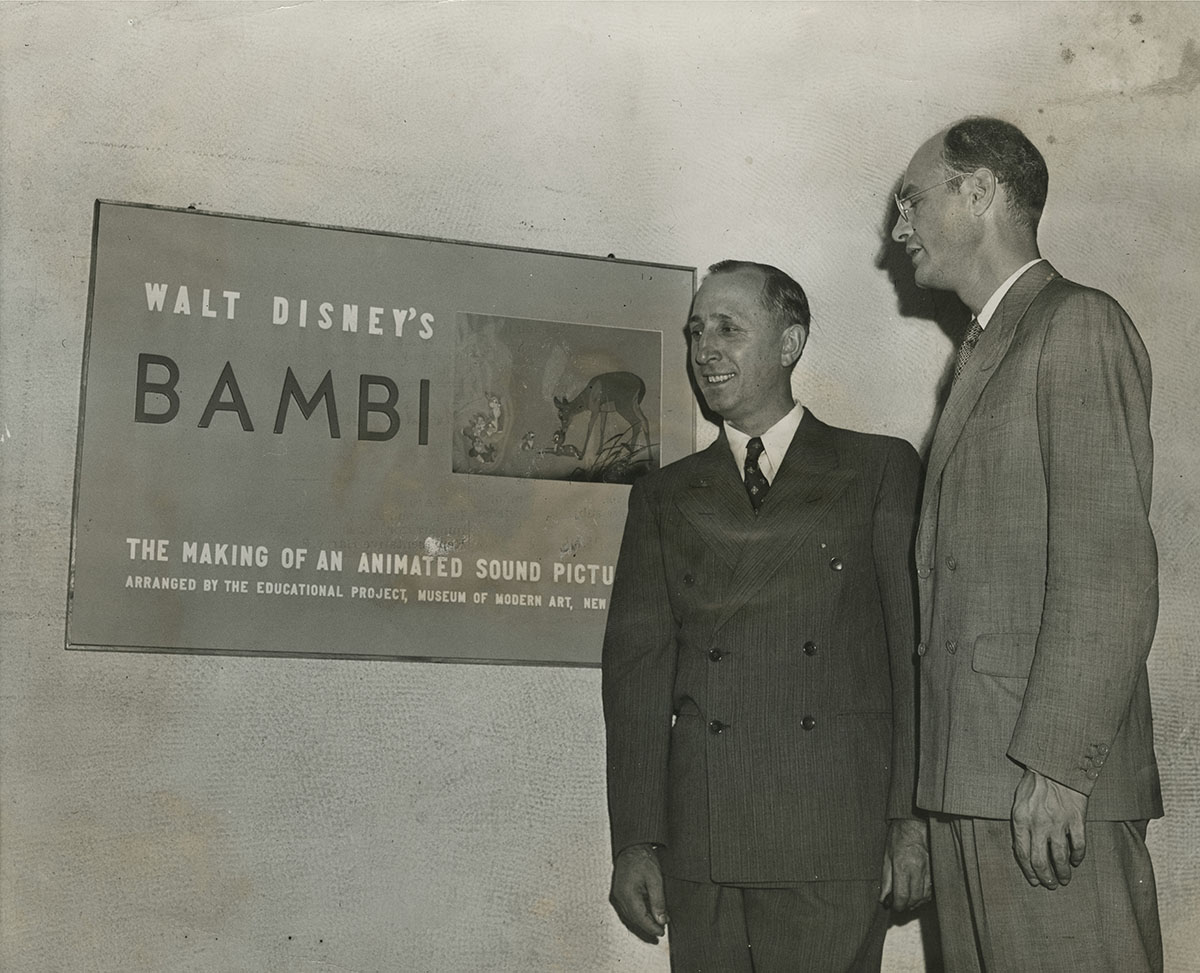
Right, John E. Abbott at the exhibition Bambi: The Making of an Animated Sound Picture, on view July 15, 1942 through August 20, 1942 at The Museum of Modern Art, New York. Victor D’Amico Papers, VI.34. The Museum of Modern Art Archives, New York.
Depending on the archival resources available, an exhibition page may include installation photographs, an annotated exhibition checklist, multiple press releases, the full exhibition catalogue, and the list of participating artists. Special subsites created for MoMA exhibitions—the first of which was for Mutant Materials in 1995—are also included, as are slideshows, videos, and commissioned essays.
Among the landmark exhibitions that now feature the full complement of materials is Bauhaus 1919–1928, an expansive 1939 presentation organized by Herbert Bayer that was dedicated to the influential German school of art and design, five years after it was closed by local Nazi agencies. Other comprehensive pages include those for Eight Automobiles, the first in a series of auto shows in The Abby Aldrich Rockefeller Sculpture Garden, organized by Philip Johnson in 1951, and the 1980 blockbuster Pablo Picasso: A Retrospective, organized by Dominique Bozo and William S. Rubin. Among the exceptionally rich exhibition pages are those for the 1934 exhibition Machine Art, organized by Philip Johnson, and the renowned 1970 Information exhibition organized by MoMA curator Kynaston McShine.
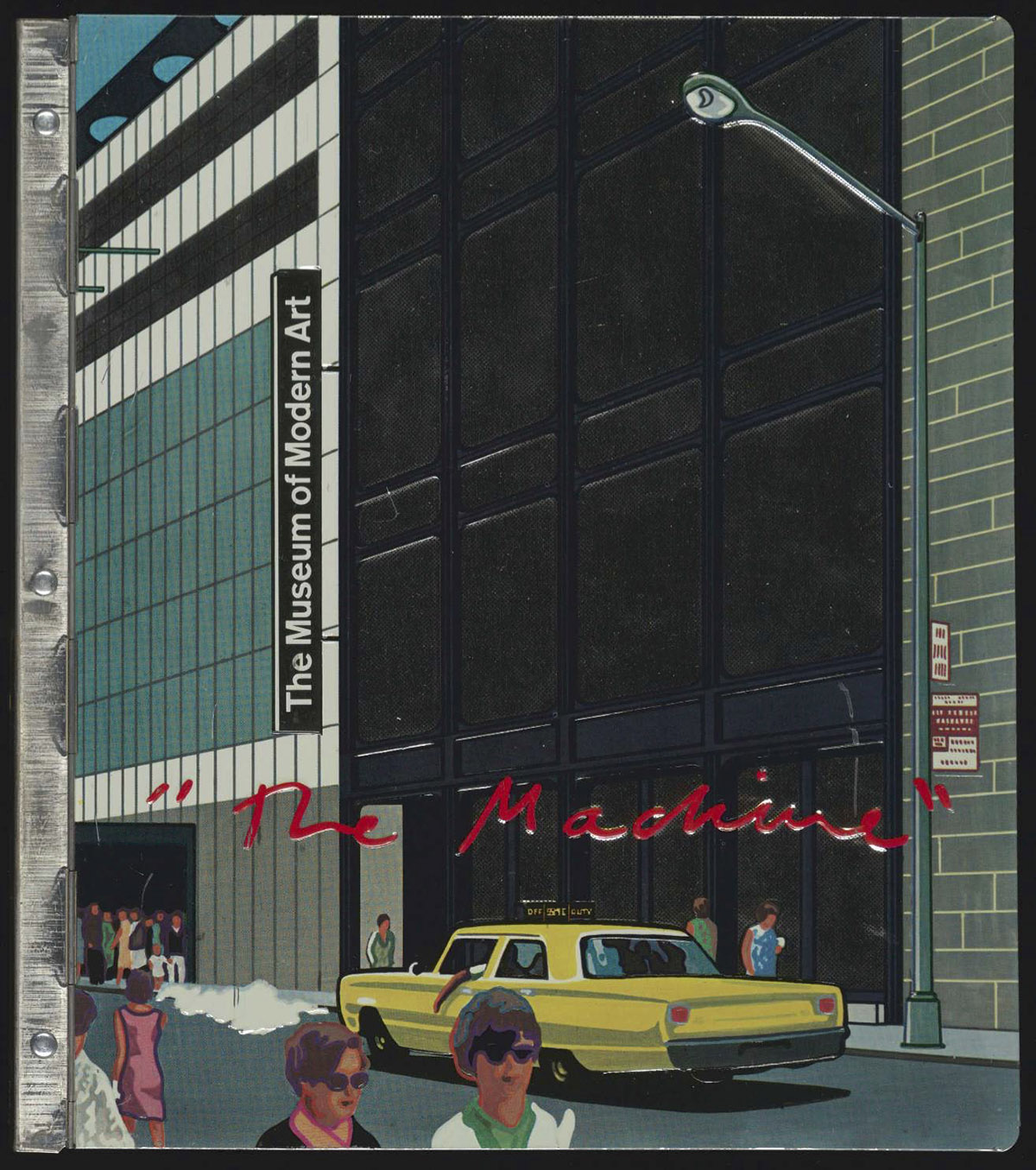
Cover of the exhibition catalogue The Machine: As Seen at the End of the Mechanical Age. Image courtesy of MoMA.
As part of this project, exhibition catalogues were newly digitized. Beginning with the catalogue for the Museum’s very first exhibition, Cézanne, Gauguin, Seurat, Van Gogh, in 1929, the 800 catalogues now online offer decades of art historical expertise and the voices of curators and other figures, on topics ranging from architecture, design, painting, sculpture, drawing, and photography to media and performance art. Included are Modern Architecture (1932), which introduced the term “International Style”; Cubism and Abstract Art (1936), which established the terms through which whole generations approached modernist abstraction; Fluxus: Selections from the Gilbert and Lila Silverman Collection (1988-1989); and many others. Out-of-print book titles are generally accessible; current in-print titles are featured with excerpts and links to purchase the books.
“The project was conceived as a living archive rather than a one-off Web publication,” said Ms. Romeo. “It will be continually updated, with new and forthcoming exhibitions appearing in the 2
history as soon as they’re added to the calendar on MoMA’s website. Additional primary documents will be added as they’re processed.”
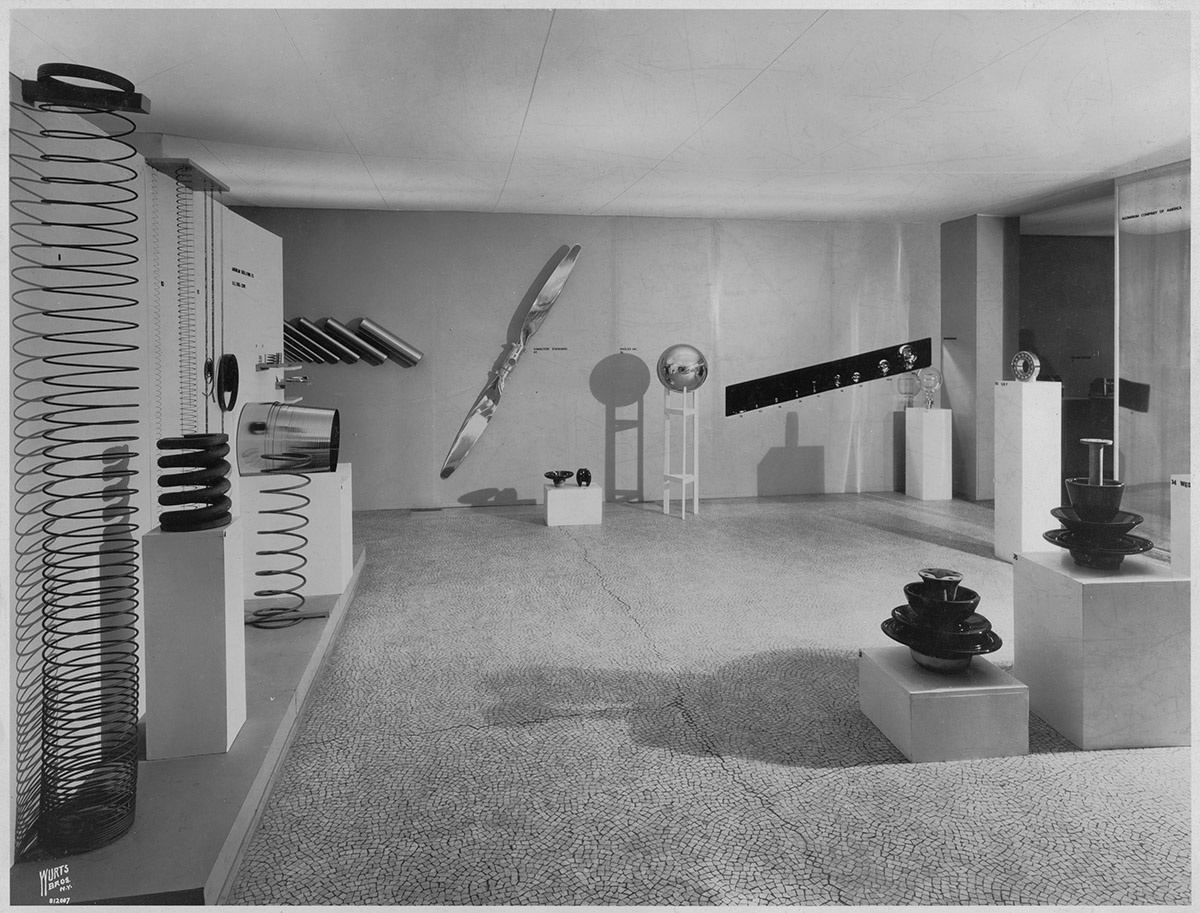
Installation view of the exhibition Machine Art, on view March 5, 1934 through April 29, 1934 at The Museum of Modern Art, New York. The Museum of Modern Art Archives, New York.
Processing of the exhibition history archives was generously funded by the Leon Levy Foundation, which has also committed to underwriting the processing of additional records, from 1990 to 2000, over the next three years.
Ms. Elligott stated, “We are enormously grateful to the Leon Levy Foundation for their visionary support of this innovative project, which has created new resources that unlock access to documents and information about the Museum’s illustrious history of exhibitions. By exposing the unique and vital documents concerning these exhibitions, we strive to enhance and broaden the field of scholarship and to bring to the fore the many known and unknown stories in the Museum’s ever-evolving history.”
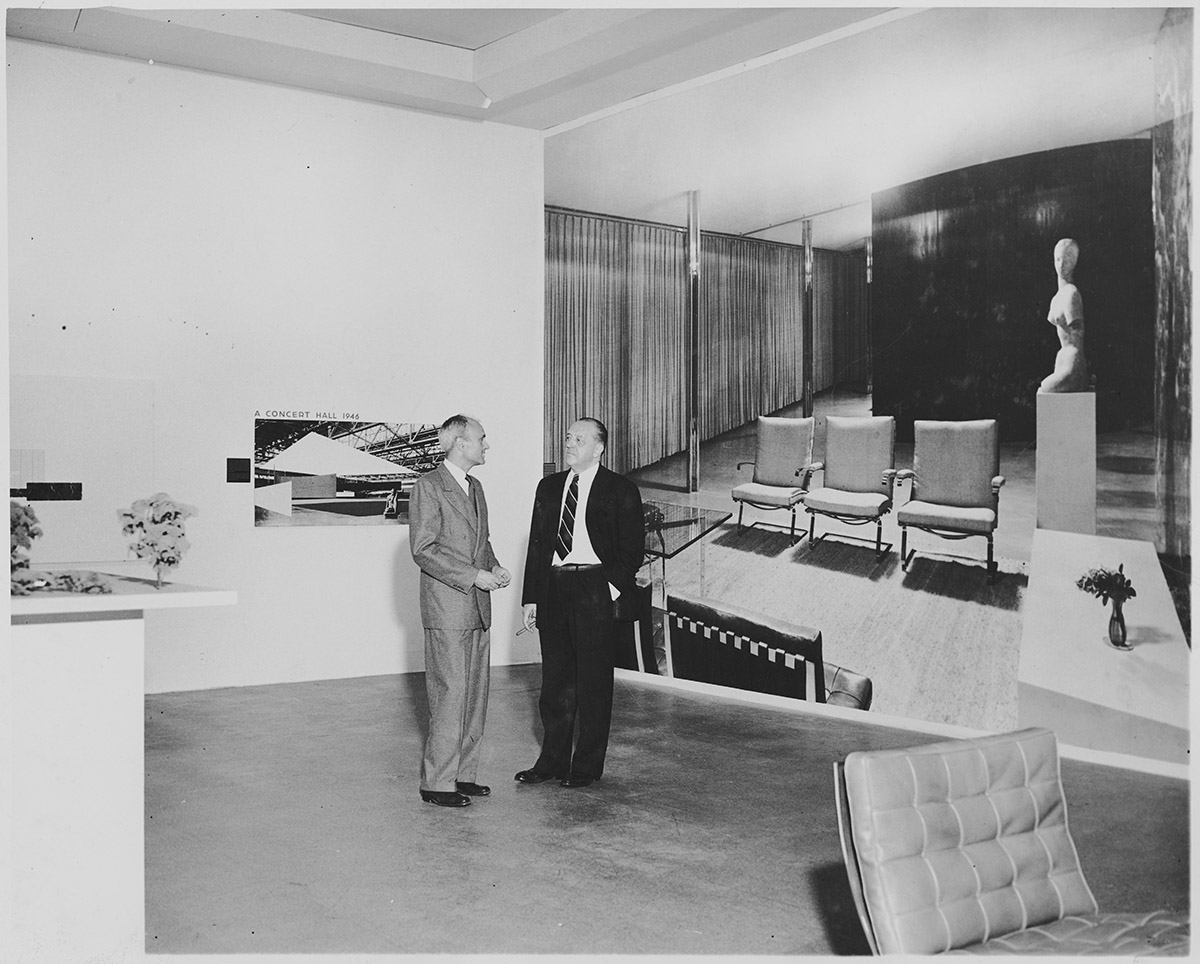
Mies van der Rohe and Phillip Johnson at the exhibition Mies van der Rohe, on view September 16, 1947 through January 25, 1948 at The Museum of Modern Art, New York. The Museum of Modern Art Archives, New York. Image © William Leftwich.
Future phases of the project will include thousands of film series presented by MoMA’s Department of Film over its 80-year history, a history of performance at MoMA and MoMA PS1, and the exhibition history of MoMA PS1.
Top image: Installation view of the exhibition Bauhaus: 1919-1928, on view December 7, 1938 through January 30, 1939 at The Museum of Modern Art, New York. The Museum of Modern Art Archives, New York. Image © Soichi Sunami
> via MoMA
